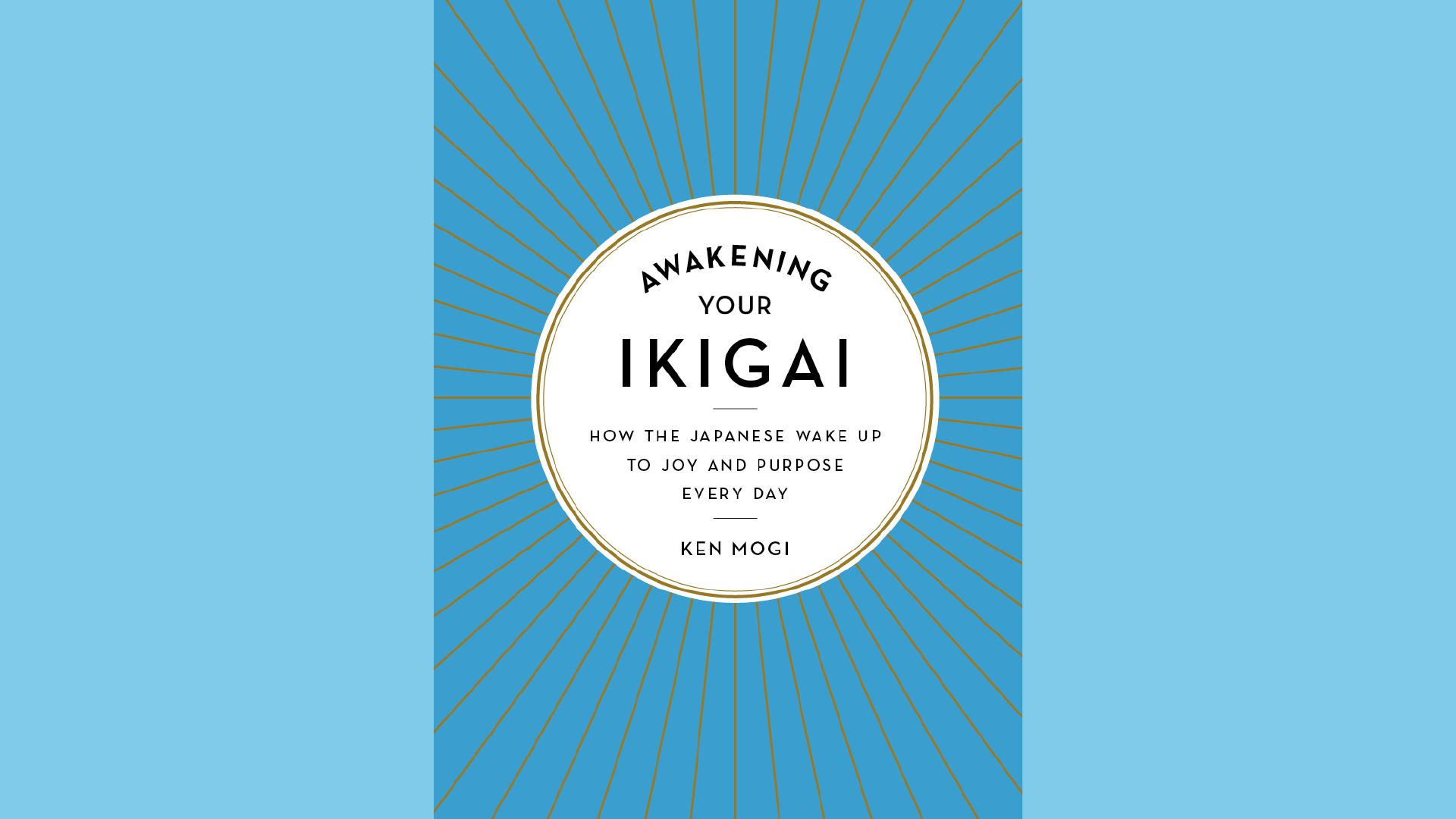Summary: Awakening Your Ikigai by Ken Mogi

Ken Mogi’s "Awakening Your Ikigai" explores how finding purpose in life can bring joy, resilience, and longevity. To deepen our understanding, let’s examine some key themes, cultural insights, and practical takeaways from this book.
What Makes Ikigai Different from Western Ideas of Purpose?
In the Western world, people often associate purpose with grand achievements—getting a dream job, earning recognition, or making a significant impact. However, Mogi explains that ikigai is more subtle. It isn’t about fame or wealth but about finding joy and living authentically in small moments.
In Japan, ikigai is intertwined with community and daily rituals. Unlike the Western “work-life balance” model, ikigai doesn’t separate personal fulfillment from professional goals. Instead, it encourages integrating passion, mission, vocation, and profession into a harmonious existence.
Ikigai and Longevity: Lessons from Okinawa
One of the book's most fascinating sections is Mogi’s discussion of Okinawa, a Japanese island known for having the highest concentration of centenarians (people over 100 years old) in the world.
What’s their secret? According to Mogi, it’s their strong sense of ikigai.
- Community bonds: In Okinawa, people maintain close relationships and rely on social networks for support.
- Healthy lifestyle: Their diet, daily exercise, and connection to nature contribute to longevity.
- Purposeful living: Even older people continue to contribute to society, whether through farming, cooking, or mentoring younger generations.
“Those with a clear sense of ikigai live longer, healthier, and happier lives.”
The Art of Starting Small (Kodawari) in Practice
One of Mogi's most practical concepts is Kodawari, which means dedication to small details. This philosophy encourages people to focus on continuous improvement and attention to detail, no matter how mundane the task.
For example:
- A sushi chef spends years perfecting how to prepare a single piece of fish.
- A potter spends decades mastering the art of creating the perfect tea bowl.
Kodawari isn’t about perfectionism but finding meaning in small, everyday actions.
How to Practice Kodawari
1️⃣ Choose one task you do daily (like making coffee or writing an email).
2️⃣ Focus on doing it with care and attention.
3️⃣ Notice how your appreciation for the task grows over time.
The Role of Nature in Ikigai
Ken Mogi highlights that Japanese culture’s deep connection to nature is essential to ikigai. Japanese gardens, tea ceremonies, and seasonal festivals all reflect a respect for nature’s beauty and impermanence.
This is closely linked to mono no aware, an awareness of life’s fleeting nature.
Quote: “Appreciating the beauty of the ephemeral teaches us to live fully in the present.”
How to Embrace Nature in Your Life
- Walking in nature, observing small details like leaves, flowers, or birdsong.
- Celebrate the changing seasons with simple rituals.
- Incorporate natural elements (like flowers or plants) into your living space.
Mindfulness and Being Present (Ima wo Ikiru)
Mogi emphasizes that mindfulness is central to ikigai. Being present in the moment helps people appreciate small joys, reduce stress, and live more purposefully.
In modern life, distractions are everywhere. Mogi urges readers to slow down and fully engage in their work—whether eating a meal, talking to a loved one, or working on a project.
Mindfulness Exercise
- Choose an everyday activity (like brushing your teeth or drinking tea).
- For five minutes, focus entirely on that activity.
- Notice your breathing, the sensations, and your thoughts as they arise.
Practical Tool: An Assessment Quiz to Find Your Ikigai
Discover Your Ikigai
Answer these questions to identify your ikigai:
1️⃣ Passion:
- What activities make you lose track of time?
- What do you love doing, even without getting paid for it?
2️⃣ Mission:
- How can your passions contribute to the world?
- What problem would you love to solve?
3️⃣ Vocation:
- What are you good at?
- What do others come to you for advice on?
4️⃣ Profession:
- What skills can you turn into a career?
- What work makes you feel fulfilled?
📝 Reflection
Once you’ve answered these questions, find the intersection between passion, mission, vocation, and profession. That’s where your ikigai lies.
Deep Cultural Insights: Wabi-Sabi and Shokunin Spirit
Ken Mogi introduces readers to two other critical Japanese concepts that complement ikigai:
- Wabi-Sabi:
This is the appreciation of imperfect beauty. It teaches that flaws and imperfections are part of what makes life beautiful. - Shokunin Spirit:
This is the craftsman’s mindset—a dedication to mastering a craft not for fame or fortune but for the joy of creation.
These principles remind us to embrace imperfections and find meaning in our work, no matter how ordinary it may seem.
Real-Life Example: Japanese Masters of Ikigai
Jiro Ono – Sushi Chef
Jiro Ono, the world-famous sushi chef, embodies ikigai through his dedication to kodawari. At 90+ years old, Jiro continues to work in his tiny sushi restaurant, perfecting his craft.
Marie Kondo – Decluttering Expert
Marie Kondo’s KonMari Method is another example of ikigai in action. Her focus on joy in small things and mindfulness aligns perfectly with the principles in Mogi’s book.
Practical Takeaways for Modern Life
Here are some ways you can apply the concepts from "Awakening Your Ikigai" in daily life:
Conclusion: Awakening Your Ikigai Is a Journey, Not a Destination
Ken Mogi’s "Awakening Your Ikigai" teaches us that purpose is found in everyday life, not grand achievements. By embracing the five pillars of ikigai, you can bring more joy, meaning, and balance into your life.
Author Biography: Ken Mogi
Ken Mogi is a neuroscientist, author, and broadcaster in Tokyo, Japan. With over 30 published books in Japanese and English, his work focuses on happiness, mindfulness, and brain science. Mogi holds a PhD in neuroscience and is particularly interested in how cultural practices shape mental well-being.
